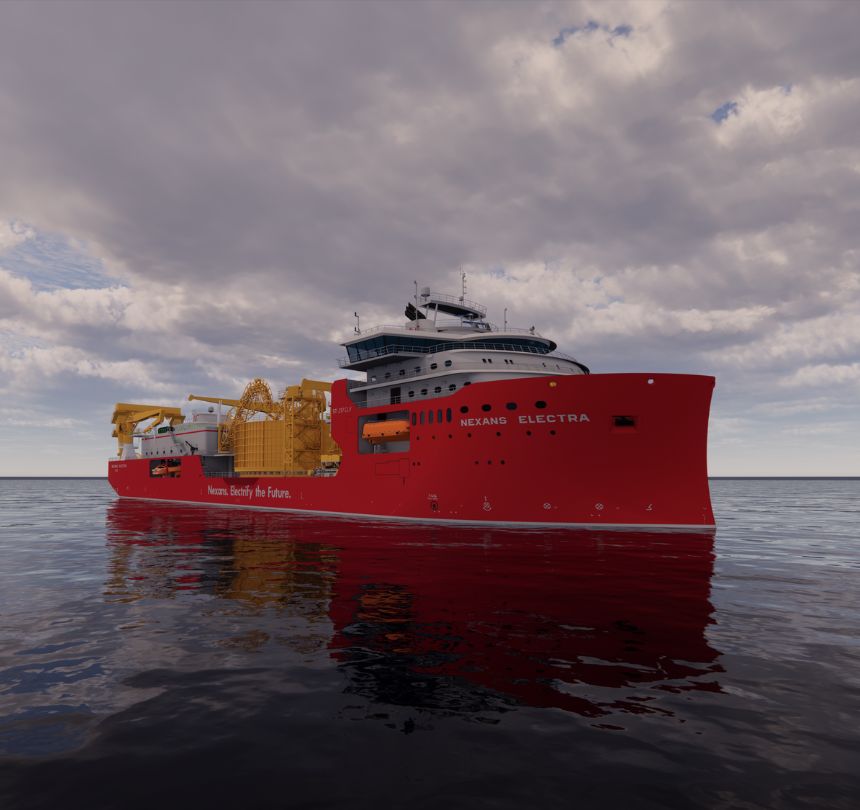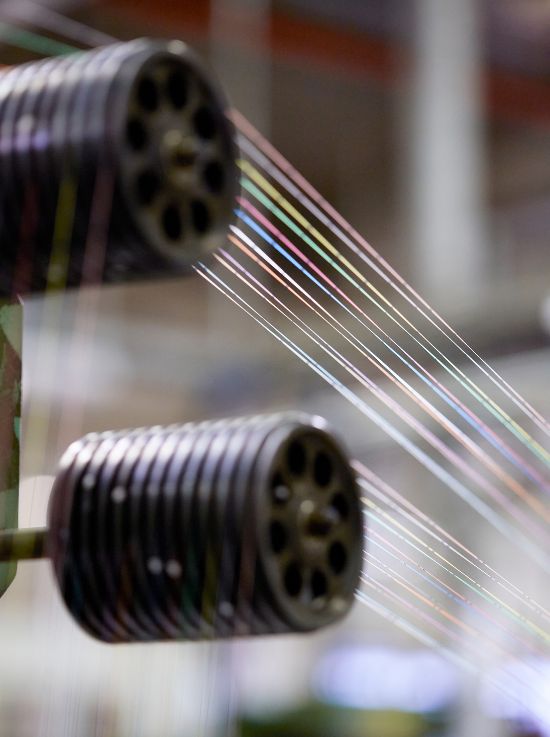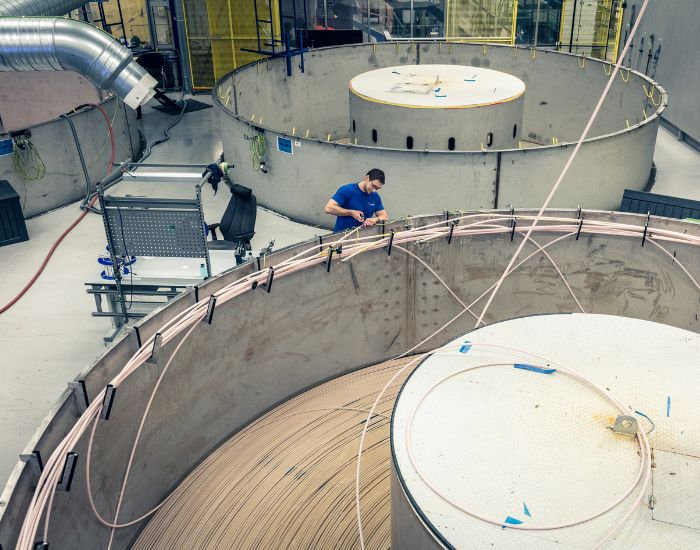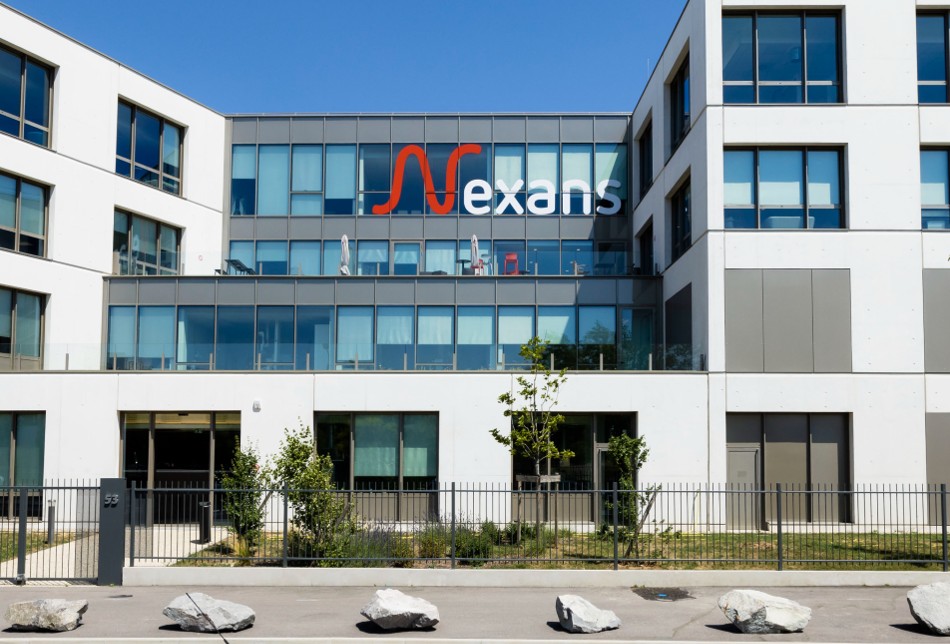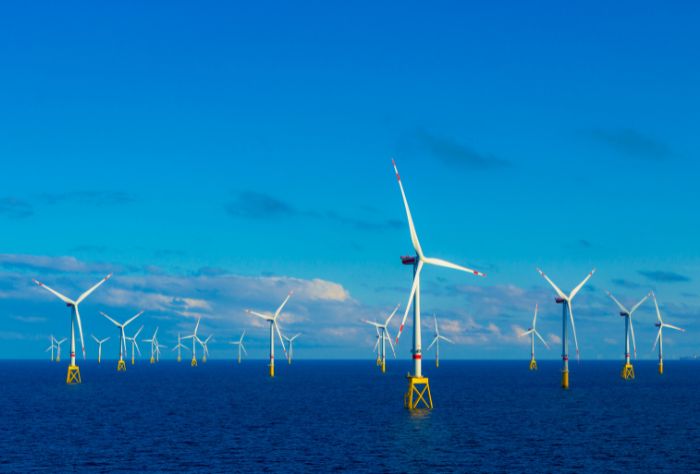Connecter les communautés, les régions et les pays
L’ensemble des activités humaines fait appel aux réseaux de communication sous-marins que ce soit pour transmettre du son, de l’image ou des données. Ce réseau de câbles invisible relie toutes les parties du monde et est essentiel à l’échange d’informations entre les pays, les communautés, les individus. Dans les prochaines années, les réseaux devront augmenter en capacité pour répondre aux besoins croissants d’un monde entièrement digital.
Défis liés aux réseaux de communication sous-marins
La connectivité mondiale dépend des réseaux de communication sous-marins. Cet écosystème dessert l’ensemble de la planète et permet les échanges multilatéraux d’informations et de données, notamment via Internet. Le nombre d’informations et de données transmises via ce système complexe ne cesse de croître. La capacité et la rapidité des réseaux doivent donc augmenter en conséquence.
En d’autres termes, la démocratisation des réseaux à haut débit (très grande vitesse de transmission) et à large bande passante (très grande capacité du réseau) est un pré-requis pour améliorer la couverture mondiale. Et pour relier les continents, les pays, les individus entre eux, les réseaux de communication sous-marins doivent intégrer davantage la fibre optique qui permet de transmettre rapidement et massivement les données sur de longues distances et sous la mer.
Chez Nexans, nous avons plus d’un siècle d’expérience dans l’installation de câbles de communication sous-marins, dans des conditions extrêmes. Nous avons installé nos solutions sur de courtes distances telles que des fjords, des rivières, mais aussi des interconnexions entre les continents.

